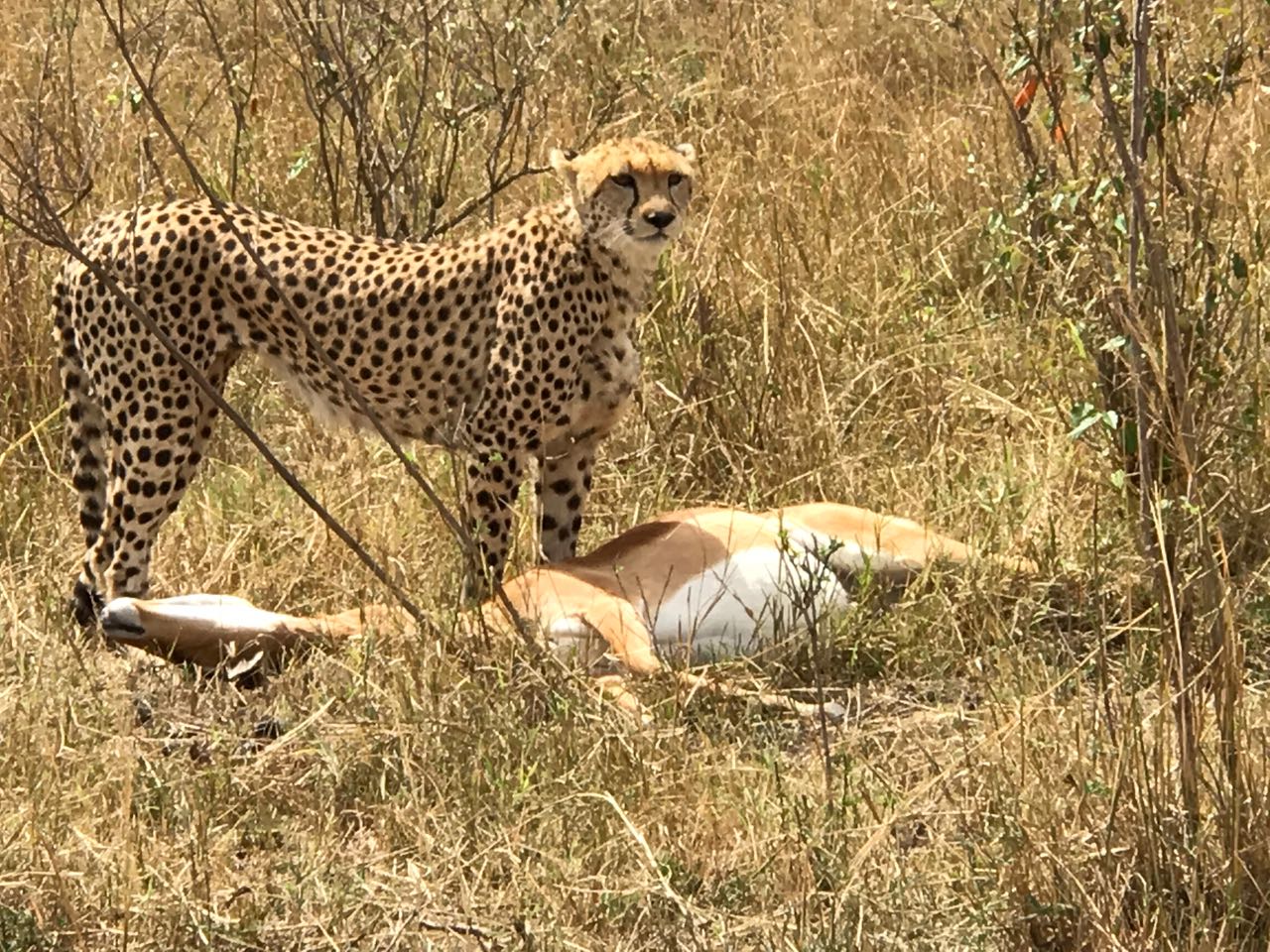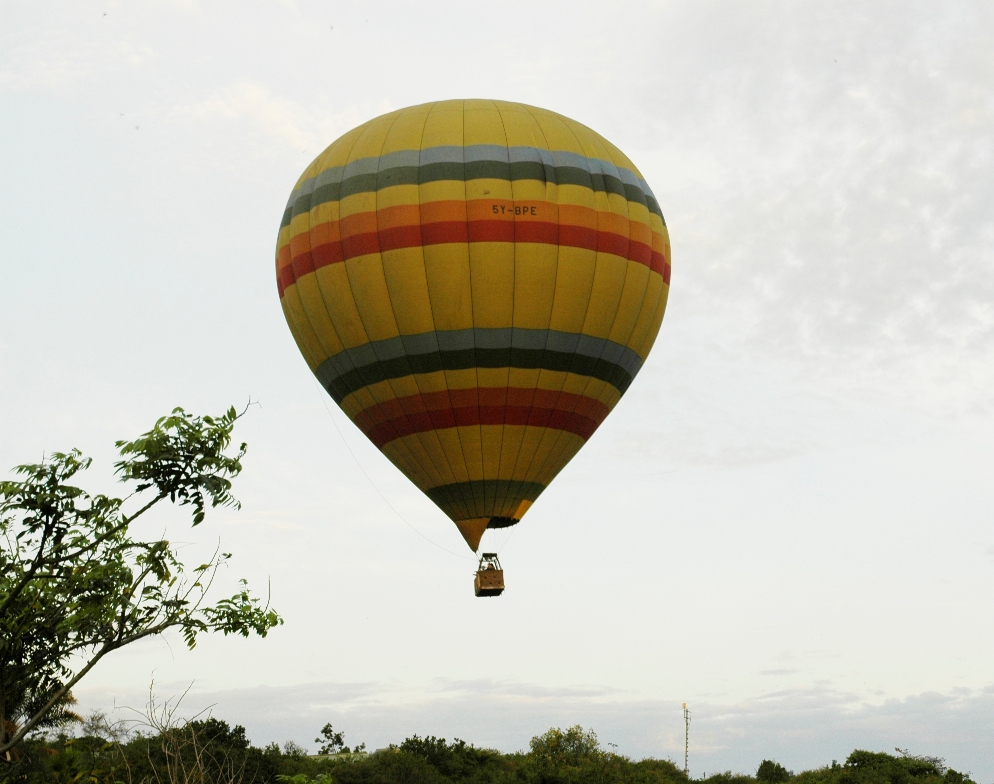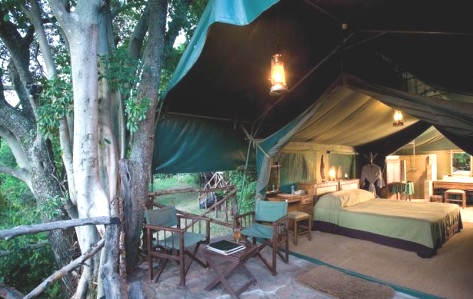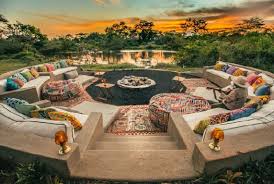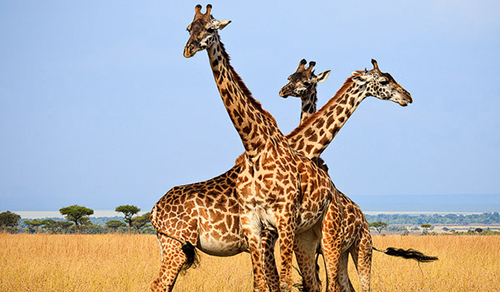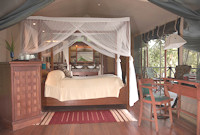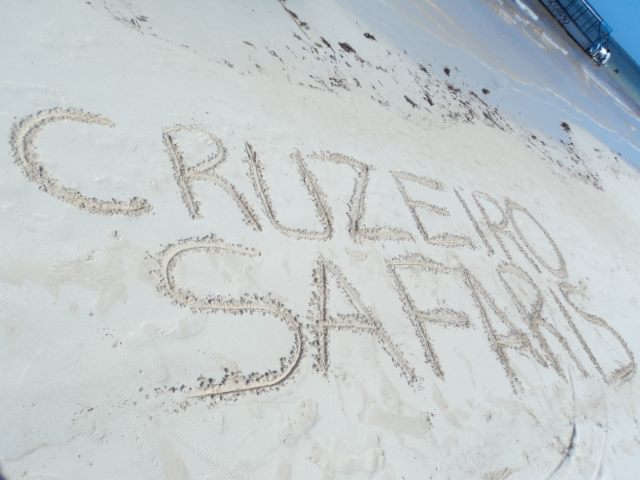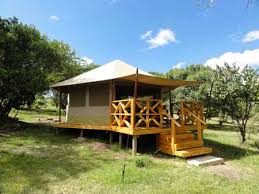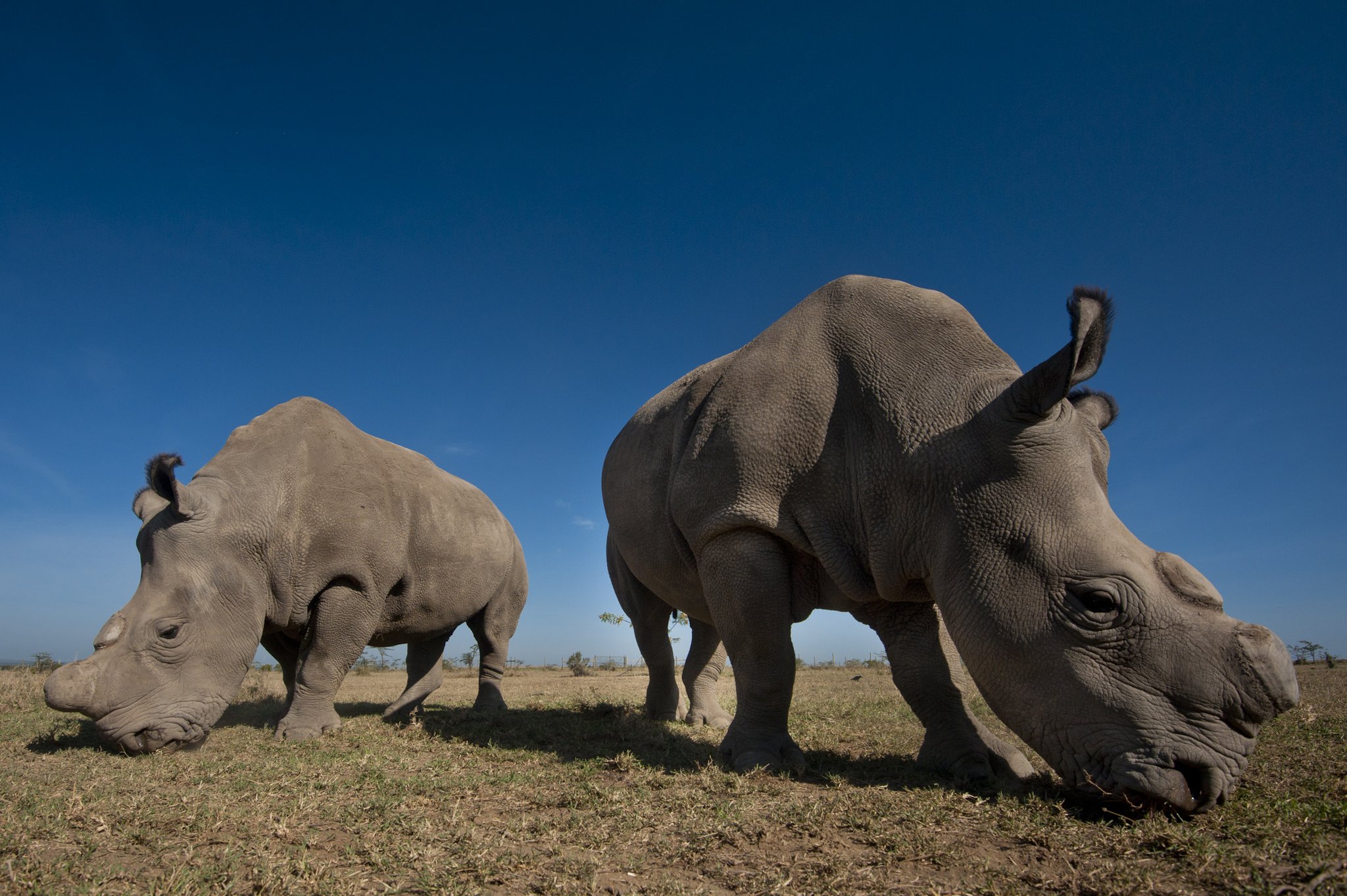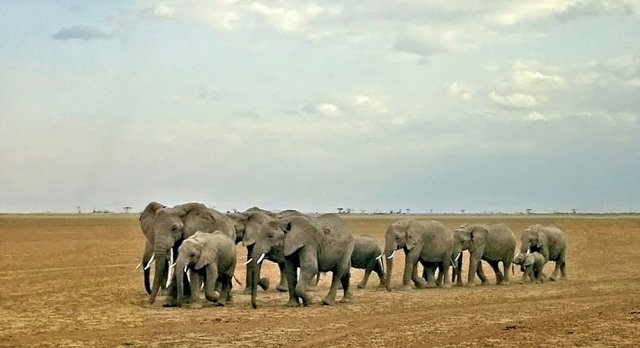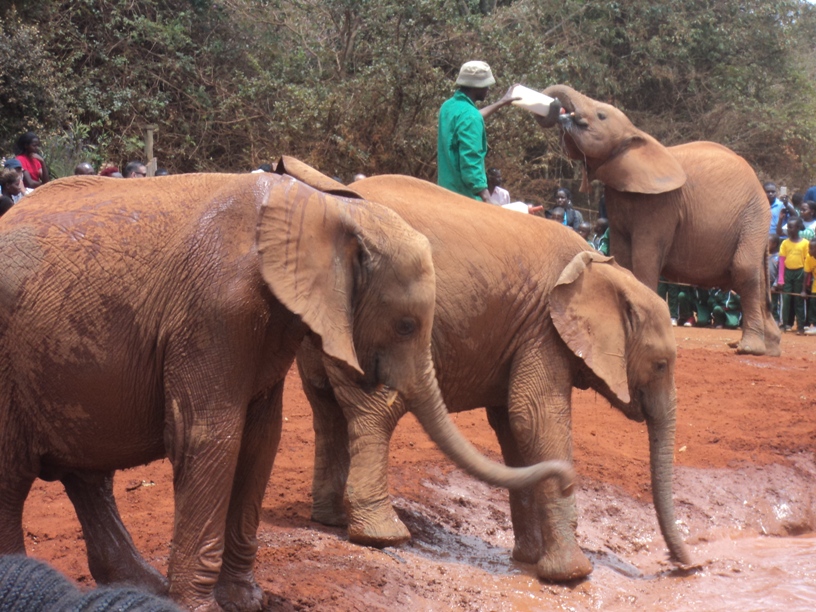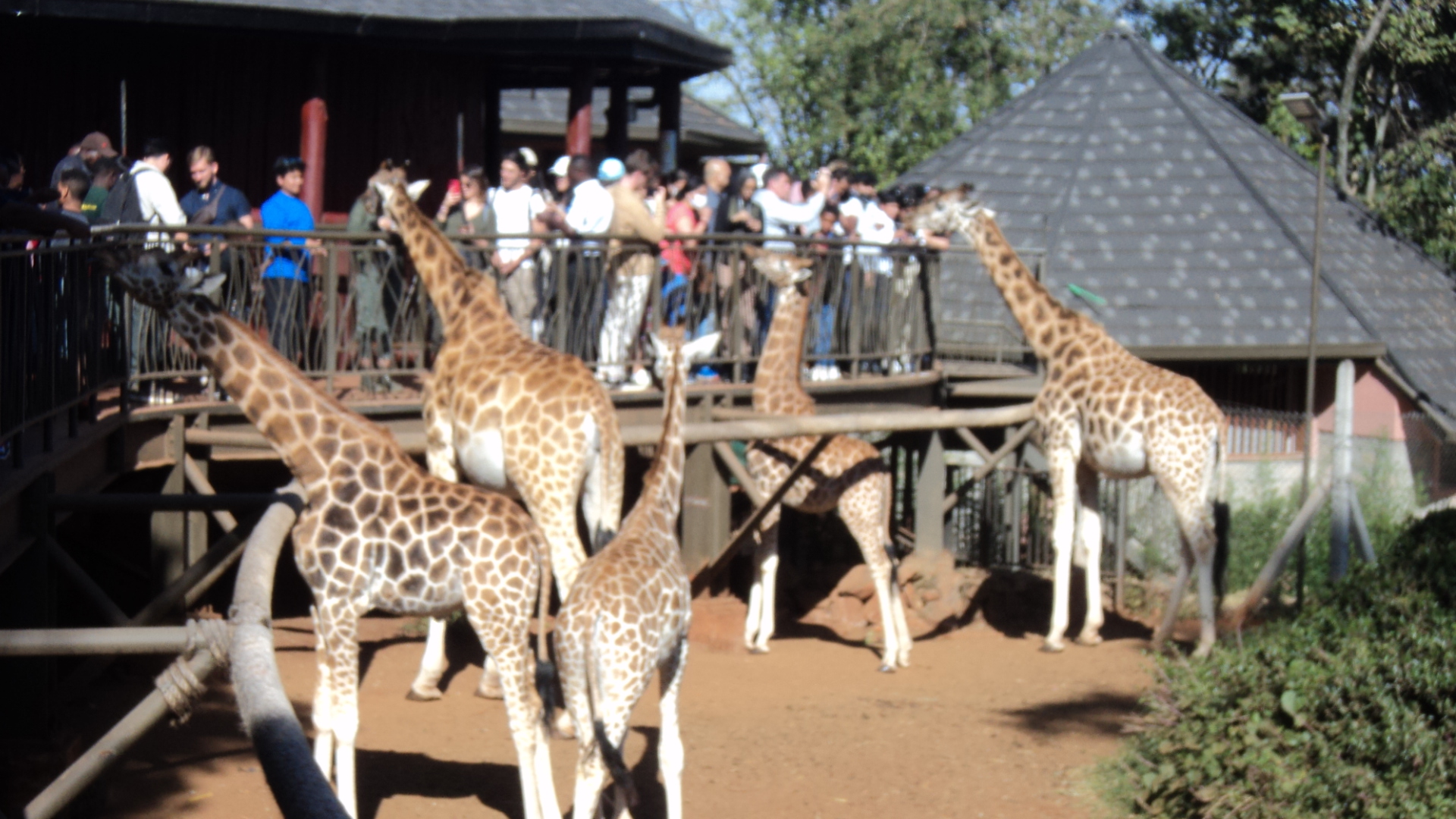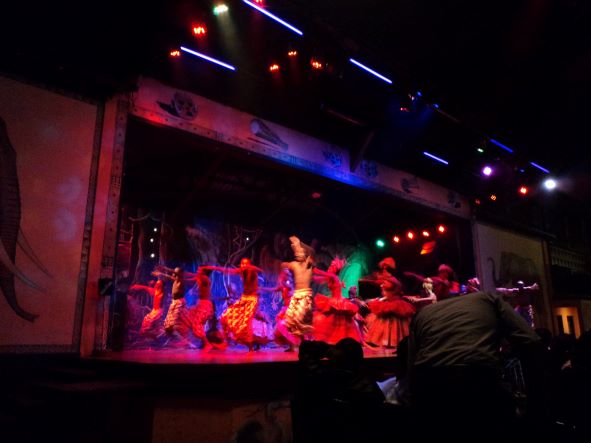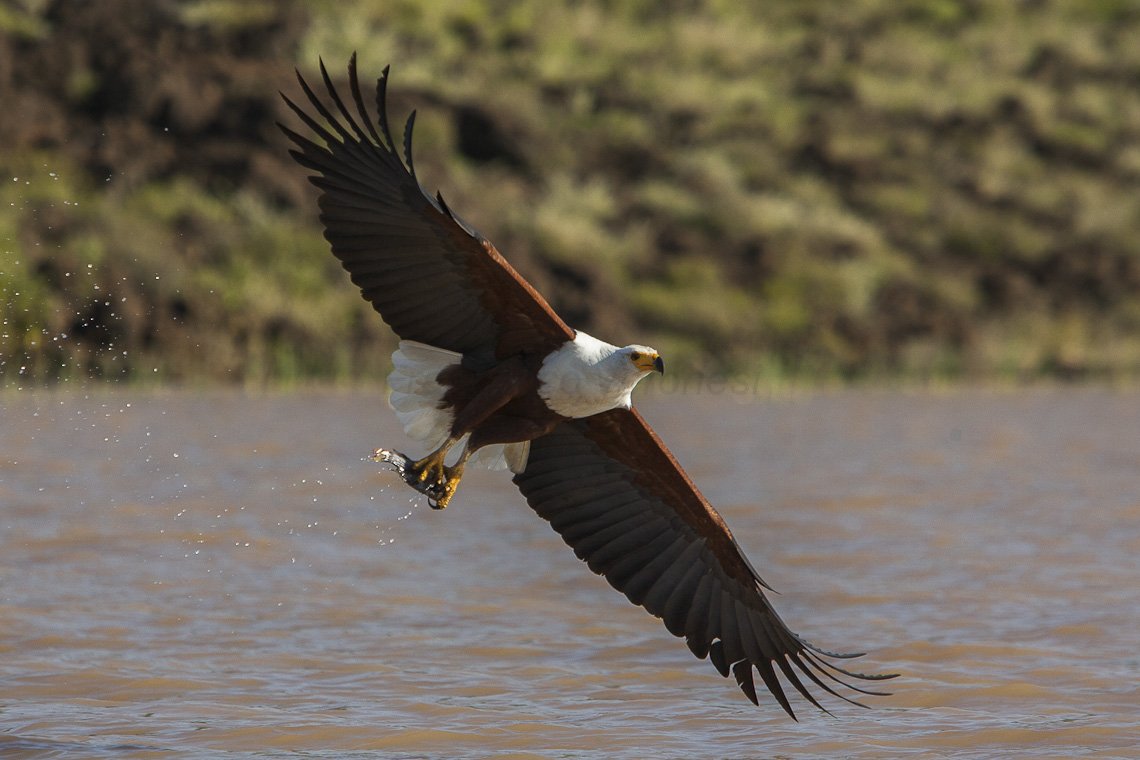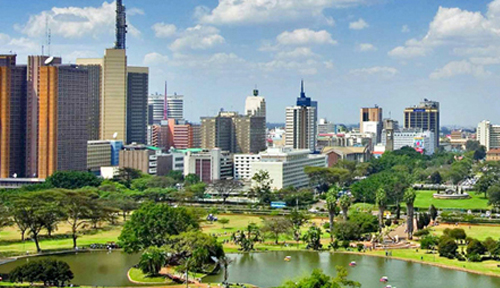Mount Kilimanjaro Climbing
Marangu Route
Total hiking distance: Approximately 96 kms (excludes acclimatisation hikes on day three)
Affectionately known as the "Coca-Cola route", Marangu is by far the most popular route to the summit of Kilimanjaro. This could partly be as a result of the fact that the Marangu is the least expensive route, but more so, perhaps the fact that it is possible to do the Marangu route in 5 days, thereby getting to the summit one day earlier than on the Machame route. This is not always the best way due to a shorter acclimatisation period. The Marangu route does however offer you the option of spending an extra acclimatisation day on the mountain. This extends the route to a 6-day march, greatly increasing your chances of success. Hut accommodation on the Marangu route forms one of the main differences, compared to the other routes. It offers you the relative luxury of being able to sleep in huts along the entire route. Mineral water, soft drinks, chocolates and beers are also sold at all the camps on this route. All your equipment and supplies are portered and a cook prepares all your meals.
Other routes include: 1. Machame route - 8 days, 2. Rongqai Route 8 days 3. Ubwe Route 8days and 4. Lomosho route 8 days.
6 day - Itinerary for the Marangu route
Day 1 – Arusha or Kilimanjaro Airport / Moshi
You are met at the Airport or in Arusha City, drive to Moshi.
Overnight: Hotel in Moshi.
Day 2 – Moshi Town / Mandara Hut
Marangu Gate (1980m) - Mandara hut (2700m)
Hiking time: 5h
Distance: Approximately 12kms
Habitat: Montane forest
The drive from Moshi to the Kilimanjaro National Park gate, takes about 50 minutes. The journey passes through the village of Marangu, which is located on the lower slopes of the mountain. Once you reach the park gate, all hikers are requested to sign in at the Park office and make their final preparations for the climb. Porters will be seen arranging and loading their packs, containing the food, water, cooking gas as well as most of your equipment. Make sure that you have all your daypack items (containing at least drinking water, your lunch pack and extra clothing) with you as the porters ascend a lot quicker than the hikers. Our guides will be available to assist with any additional information or needs you might have. You now leave the Park gate and ascend on a cleared ridge trail through the rain forest. The forest, suffused with mist and dripping with beards of moss, is also where most of Kilimanjaro's animals are found. (An alternative and more scenic parallel forest trail branches off to the left a few minutes after the gate. This trail follows the edge of a stream through the undergrowth and offers you the option to rejoin the main trail either after 1.5 hours hiking, or 1 hour before Mandara hut.) Your first night stop, Mandara hut, is a group of wooden A-framed huts in a forest clearing. Each hut features 6-8 sleeping bunks with solar generated lighting. The total capacity of the camp is 60 climbers. Water is piped into the camp from springs above and there are flush toilets behind the main hut.
Overnight – Mandara Hut
Day 3 – Mandara Hut / Horombo Hut
Mandara hut (2700m) - Horombo hut (3720m)
Hiking time: 6h
Distance: Approximately 15kms
Habitat: Moorland
From Mandara hut the trail passes through a short stretch of forest, then skirts the base of the Maundi Crater and then emerges into the transition from rain forest to moorland. It is well worth a short detour to scramble up the rim of the Maundi Crater for your first really impressive view of the Kibo Crater. On a clear day, Kibo will glimmer in the distance, showing off her majestic glaciers in the morning sun. Once you are in the open moorland you will get the chance to see some of Kilimanjaro's most spectacular plants - the endemic giant lobelia which grows up to 3 m in height and the giant groundsel(Senecia Kilimanjaro), which can reach heights of 5m! After about 6 hours from here you reach the Horombo hut, where you will have hot washing water, rest; an evening meal .
Day 4 –Horombo Hut – Acclimatization Day
Horombo hut (3720m) .
Horombo hut is a village of huts perched on a small plateau, with buildings similar to Mandara, but with a total capacity of 120 climbers! Horombo is normally bustling with hikers, guides and porters, with an atmosphere of adventure and excitement. You will meet both ascending and descending hikers here. This extra day and night at Horombo is for additional acclimatisation. A hike towards the Mawenzi hut, passing the Zebra Rocks on the way (about 3 hours up and 1,5 hours down), is strongly recommended. This hike will further assist with the process of acclimatization. Remember to drink enough water and move slowly! All meals for the day are provided at the hut. Retire to bed early and get a last good night's rest
Overnight: Horombo Hut.
Day 5 – Horombo Hut / Kibo Hut
Horombo hut (3720m) - Kibo hut (4700m)
Hiking time: 6h
Distance: Approximately 15kms
Habitat: Alpine desert
After breakfast you now continue your ascent into the Alpine desert habitat. From Horombo there are two trails to the "Saddle" (which refers to the area located between the peaks of Mawenzi and Kibo). There is an upper route (right hand fork) and lower route (left hand fork) to choose from. The upper route (right hand fork) will be very familiar, as you will have climbed most of it the previous day towards Mawenzi hut. It is very stony and eroded. The recommended lower route (left hand fork) is much easier and nearly an hour shorter, and it also passes the last watering point at 4130m. You will have to fill your water bottles with all the water you will need until your return to Horombo hut in two night's time (unless you are willing to buy Mineral water at Kibo hut). Once again remember to slow down and drink enough water!! Situated in the barren Alpine desert is Horombo hut, a stone build block house which has bunk beds for 60 climbers, but no streams with water nearby. It is however possible to buy mineral water and soft drinks at the camp office. There are platform toilets behind the hut. The summit is now a further 1195m up and you will make your final ascent the same night. Prepare your equipment, ski-stick and thermal clothing for your summit bid. This should include the replacement of your headlamp and camera batteries and make sure you have a spare set available as well. To prevent freezing it will be wise to carry your water in a thermal flask. Go to bed at round about 19h00 and try to get as much rest and sleep as possible.
Overnight: Kibo Hut.
Day 6 –Kibo Hut = Uhuru Peak / Horombo Hut
(Summit Attempt) Kibo hut (4700m) - Uhuru Peak (5895m) - Horombo hut (3720m)
Hiking time: 8h to Uhuru, 6h to get to Horombo
Distance: Approximately 6kms ascent, 21kms descent
Habitat: Stone scree and ice-capped summit
You will rise around 23h30, and after some tea and biscuits you shuffle off into the night, and this is where the going really gets tough. The first section of the trail consists of a rocky path to the Hans Meyer Cave (5150m), also a good resting spot. The path then zigzags up to Gillman's point (5 681m), which is located on the crater rim. This section is very steep with a lot of stone scree, requiring a great physical and mental effort. This is probably the most demanding section of the entire route. Do the Kili shuffle and move slowly.
From Gillmans Point you will normally encounter snow all the way up to Uhuru peak (5895m), the highest point in Africa. Total exhilaration and satisfaction - you made it. Weather conditions on the summit will determine how long you will be able to spend, taking photographs, before the 3 hour descent back to Kibo hut. After a short rest you gather all your gear you left behind for the ascent and head down to Horombo hut (3 hours) for your overnight. The return to Horombo hut will seem surprisingly fast compared to the ascent. The total time spent walking on this day is around 14 hours, so be prepared for a very tough day. Later in the evening you enjoy your last dinner (with soft drinks and beer for sale at the camp office) on the mountain and a well-earned sleep, filled with memories and stirring emotions.
Overnight: Horombo Hut.
Day 7– Horombo hut (3720m) - Marangu Gate (1980m)
Hiking time: 6hDistance: Approximately 27kms
After breakfast you continue your descent (6 hours), passing the Mandara hut, down to the Marangu gate. It isstrongly recommended not to pay your porters any tips until you and all your gear have reached the gate safely.
COSTS:
| Season 2020/2021/2022 |
No. Of paxs | Per person sharing | Single Room Supplement |
| 1st January to 31 December |
1 paxs only | $4063 | |
| 2 to 4 paxs | $2602 | $300 | |
| 5 paxs or more | $2340 | $300 |
Included in the Said Trekking:
- Transfers from Arusha or Kilimanjaro Airport.
- Accommodation, meals as per the programm
- Hut Fees, Entry Fees, Park fees.
- 2 porters for each climber (15Kgs each porter), Guide, Assistant Guide.
- Rescue fees.
Not included in the Said Trekking:
- Other meals not mentioned as included, items of a personal nature,
- Gratuities to Porters and Guide/s - the driver guides.
- Mountain Equipments.
- All type of drinks.
- Visa and visa fees for Tanzania.
- Visa fees (currently US$ 50.00 per passport holder – US CITIZEN US$ 50.00). Visas are available on arrival at all Entry point/s
- Flying doctors coverage: Optional @ US$ 50.00 per person.
o Covers you within East Africa for a period of 14 days. In the eventuality of a medical emergency, you will be airlifted to Nairobi where you will be taken to a good hospital. Hospital bills are born by the patient
o We highly recommended you to have your personal insurance.

